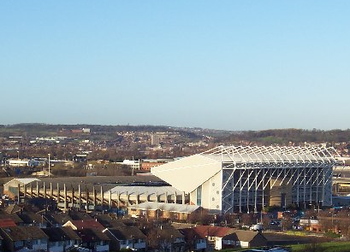
If you’re a fan of a football club like Liverpool, Everton or Manchester United then there’s a very real chance that your club has only ever called one stadium home and that the stadium has only hosted one or two clubs during its existence.
Stadiums aren’t always built with a clear purpose, however. Sometimes clubs may play there at the outset of their existence before moving on to pastures new. Others were never intended to be the venue for just one club, instead serving many in the surrounding area or the like.
Elsewhere on the site we’ve had a look at some of the most promiscuous clubs in the land that swapped one stadium for another on a regular basis. It’s only right, then, that we have a look at the grounds that have hosted a number of different clubs over the years. As with the other list, this is far from definitive.
It’s also worth nothing that some of you may be pernickety because not all of the clubs hosted play football. We’re happy to extend it out to sports teams in general, though, and it’s our ball so we’ll play by our rules.
Ten Stadiums That Have Hosted More Than One Club
| Stadium & Current Club | Previous Clubs |
|---|---|
|
Bloomfield Road
Blackpool |
South Shore F.C., Blackpool F.C., Blackpool Borough, Blackpool Panthers |
|
Elland Road
Leeds United |
Leeds City, Leeds United, Huddersfield Town, Bradford City, Leeds Woodville, Holbeck Rugby Club, Hunslet |
|
Firhill Stadium
Partick Thistle |
Partick Thistle F.C., Clyde F.C., Hamilton Academical F.C., Glasgow Warriors" |
|
Hampden Park
Scotland / Queen's Park |
Queen's Park F.C., Scotland national football team, Glasgow Tigers, Scottish Claymores, Celtic F.C. |
|
Keepmoat Stadium
Doncaster Rovers |
Doncaster Rovers, Doncaster RLFC, Doncaster Rovers Belles L.F.C., Sheffield Eagles |
|
Loftus Road
Queens Park Rangers |
Shepherd's Bush, QPR, Fulham, Wasps |
|
Luzhniki Stadium
Russia |
PFC CSKA Moscow, Torpedo Moscow, Spartak Moscow, Russian National Team |
|
Philips Stadion
PSV Eindhoven |
Philips Elftal, PSV Eindhoven, Jong PSV, Netherlands national team |
|
St James' Park
Newcastle United FC |
Newcastle Rangers, Newcastle West End, Newcastle East End, Newcastle United |
|
Stade De France
France |
France national football team, France national rugby union team, Stade Français, Racing Métro 92 |
It’s not unusual for a stadium to host more than one team during its existence. Some have even been the home to two or three.
This list attempts to look at grounds that have gone a wee bit further than that…
Luzhniki Stadium – 4
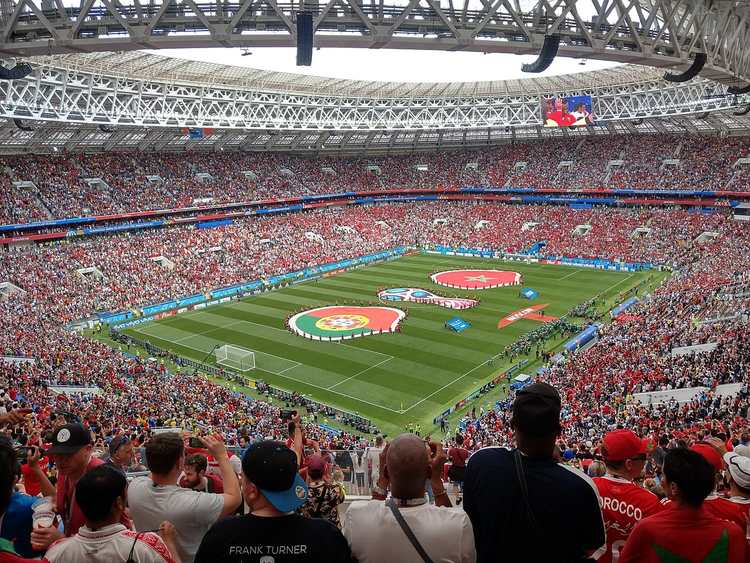
We start our list with a continental feel, heading over to Luzhniki Stadium in Russia. Nowadays it has been rolled into the Luzhniki Olympic Complex in the Khamovniki District of Moscow. In its former life, however, it was used for football games for a number of different sides. CSKA Moscow, for example, based themselves in the venue whilst their old home, The Grigory Fedotov Stadium, was demolished to make way for Arena CSKA. Another side that spent a limited amount of time there was Torpedo Moscow, moving to the Luzhniki district for a season in the mid-1990s.
Spartak Moscow had never had a stadium of their own before Otkrytiye Arena opened in 2014. That’s a pretty impressive nomadic existence for a side formed in 1922. They tended to play in venues all over the city, including once managing an exhibition game in Red Square. That wasn’t a long-term option, though, so the majority of their games were played at Luzhniki Stadium. The fourth team to call Luzhniki Stadium home is a bit of a cheat, depending on how strict you want to be. The Russian National Team predominantly plays its matches in one of four venues, with this being the most common.
Firhill Stadium – 4
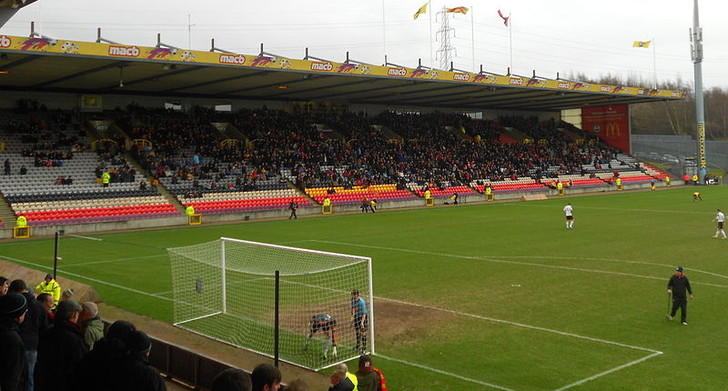
Football clubs, especially those who don’t have the same amount of success on or off the field as the giants in the game, can often be quite creative when it comes to making themselves some extra money in order to keep the business going. From 1928 until 1957 Partick Thistle did this by hosting greyhound racing at the venue. Scotland only has two professional rugby union sides and one of them is Glasgow Warriors. They played at Firhill for a year in 2005 and then again from 2007 until 2012.
Philips Stadion – 4
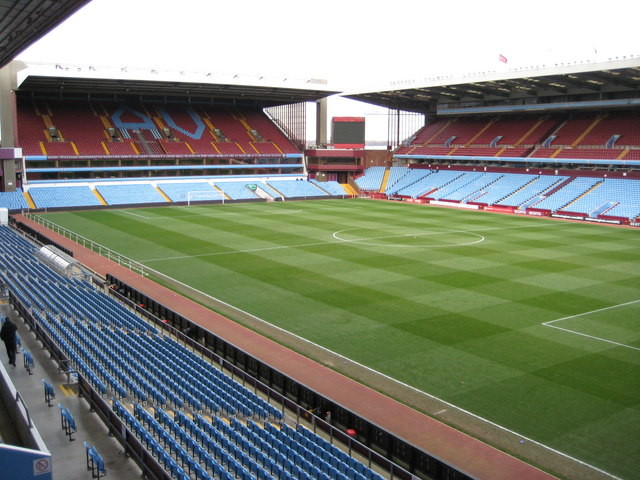
If you think that’s controversial then wait until you hear about team number three. Jong PSV is PSV Eindhoven’s reserve side, so should they really be considered a separate team? Maybe not, but they played a full season in the ground in 2013-2014 so it’s a grey area we’re willing to accept. The final side that takes the number of guests up to four is the Dutch National Team. The Flying Dutchmen don’t have a set home, but they’ve played major games at Philips Stadion since 1971.
Stade de France – 4
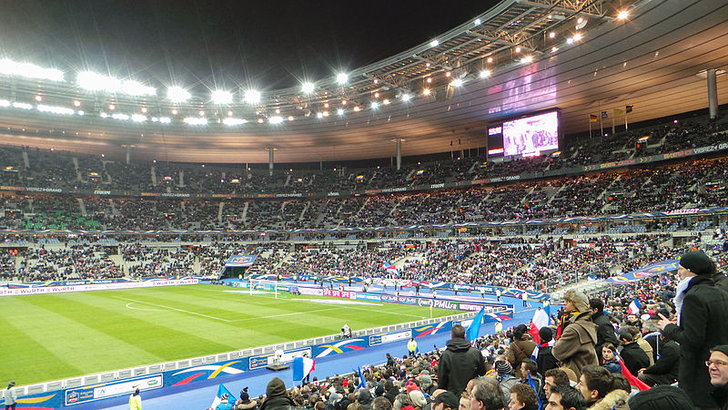
The major controversy comes in the form of the other teams who use it on a regular basis. Stade Français and Racing Métro 92 are two rugby union clubs based in Paris. Given that we’ve accepted Glasgow Warriors using Firhill then we have to allow the fact that these two use the Stade de France to take the number of clubs based here up to four. What makes it slightly tricky is that they don’t use it all the time, both referring to it as a ‘secondary home’ for league fixtures.
Keepmoat Stadium – 4
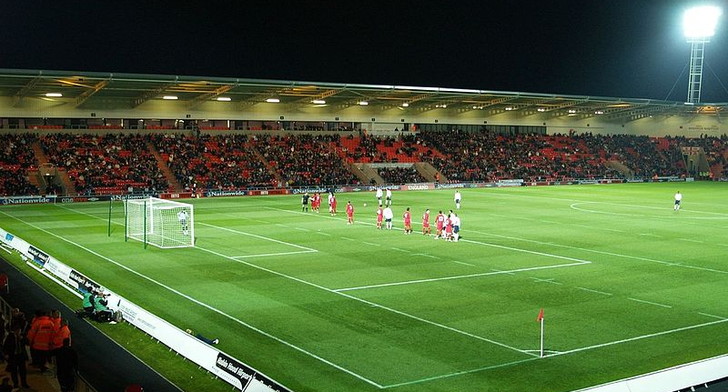
Doncaster Rugby League Club moved in at the same time as the two football clubs and the three teams take it in turns to play there. Club number four is the Sheffield Eagles, with the rugby league side playing there temporarily in 2015 when they didn’t have a home in Sheffield.
Bloomfield Road – 4
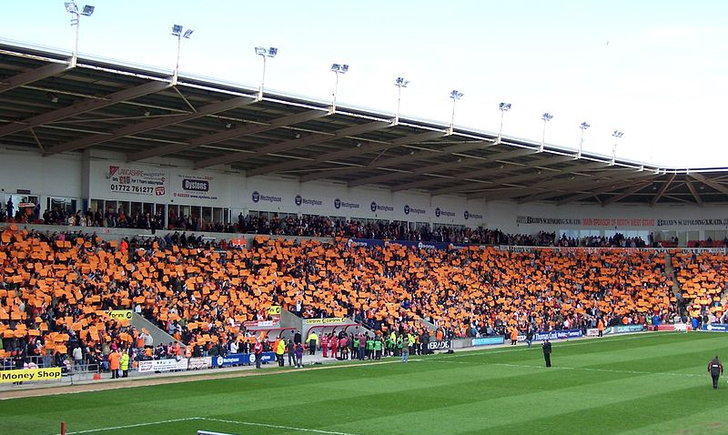
Even on the coast, where rock and kiss-me-quick hats are all the rage, you can’t get away from rugby. Blackpool Borough were a rugby league side that folded in 1997, but before that they played one season at Bloomfield Road in 1997. Another short-lived rugby league side that plied its trade here was Blackpool Panthers. The club only existed from 2004 until 2010, but from its formation until 2006 they played their games at Bloomfield Road.
Loftus Road – 4
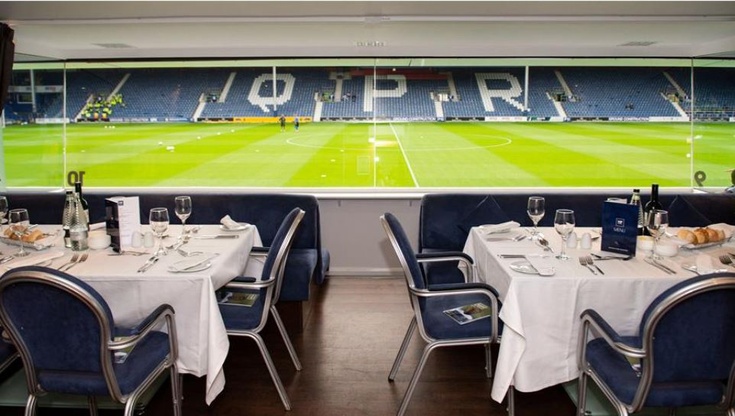
Shepherd’s Bush was founded in 1880 and bumbled from one location to the next until they took advantage of the building of Loftus Road in 1904. They remained there until the club was dissolved during the First World War. in 1917 Queens Park Rangers moved in for the first time, remaining there until 1931 when they popped over to White City Stadium for a couple of years. They returned in 1933 and this time lasted nineteen years before going back to White City Stadium for a year. They finally came back and remained in 1963, still using it for their games today.
Interestingly, after Queens Park Rangers the next team to have played games in more stadiums than any other side is Fulham. Perhaps it’s no surprise, then, that both have used Loftus Road for their games at some point or another. Weirdly, though, Fulham’s spell here didn’t come when the club was moving from pillar to post in the late nineteenth century, instead playing in the ground for two years whilst Craven Cottage was being developed between 2002 and 2004. The final club to have called Loftus Road home was, you guessed it, a rugby team. Wasps played here from 1996 until 2002.
St. James’ Park – 4

Another question mark over the number of actual clubs that used the ground exists when it comes to St. James’ Park. Newcastle Rangers were the first team to play there, doing so in 1880 for two years, returning in 1884 for a short time before the club was folded. The question mark isn’t regarding them, but rather whether Newcastle West End and Newcastle East End count as two separate clubs.
The two were bitter rivals in the Victorian era and the former played at St. James’ Park from 1886 until 1892. The latter played their in 1892 when the two sides merged together and we’re allowing them to count as separate sides as they didn’t change their name until December of that year. That means that technically Newcastle East End played there in their own right before the two sides became the fourth club to play in the stadium: Newcastle United.
Hampden Park – 5
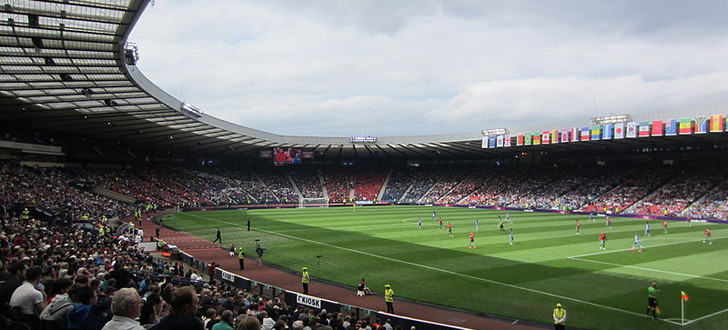
The home of the Scotland National Team is one of the strangest grounds in world football. Not because of the ground itself, with the 51,866 capacity venue widely considered to be one of the best places in Britain, but because it is also the home of the only completely amateur side in the Scottish Football League system, Queens Park. After all, their average league attendance is about 750, so it’s one heck of a venue for them to play their games in.
The other three sports clubs to have used the venue on a regular basis have their own dose of controversy when it comes to whether or not they count towards club using a stadium. The Glasgow Tigers, for example, are a speedway team from Glasgow that were based here from 1969 until 1972. Likewise, the Scottish Claymores were one of Scotland’s only American football teams that played at Hampden from 1998 until they dissolved in 2004. Finally, from 1994 until 1995 Celtic played a number of home games here as Celtic Park was redeveloped.
Elland Road – 7
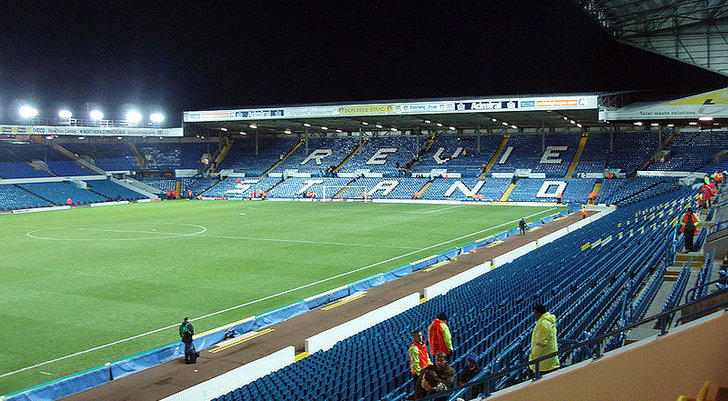
In that year the club was dissolved because of financial irregularities and Leeds United was formed to replace it as a football club for the city. They moved into Elland Road and have played their games there ever since. Remever the controversy mentioned a moment ago? It comes in two forms. The first involves the fact that one of the teams that played there was Huddersfield Town, playing two matches at the venue in 1950. The second is that Bradford City played three games there in 1985 in the wake of the Valley Parade stadium fire. The final side that makes up the numbers is the rugby league side Hunslet, who called it home from 1983 until 1994.
